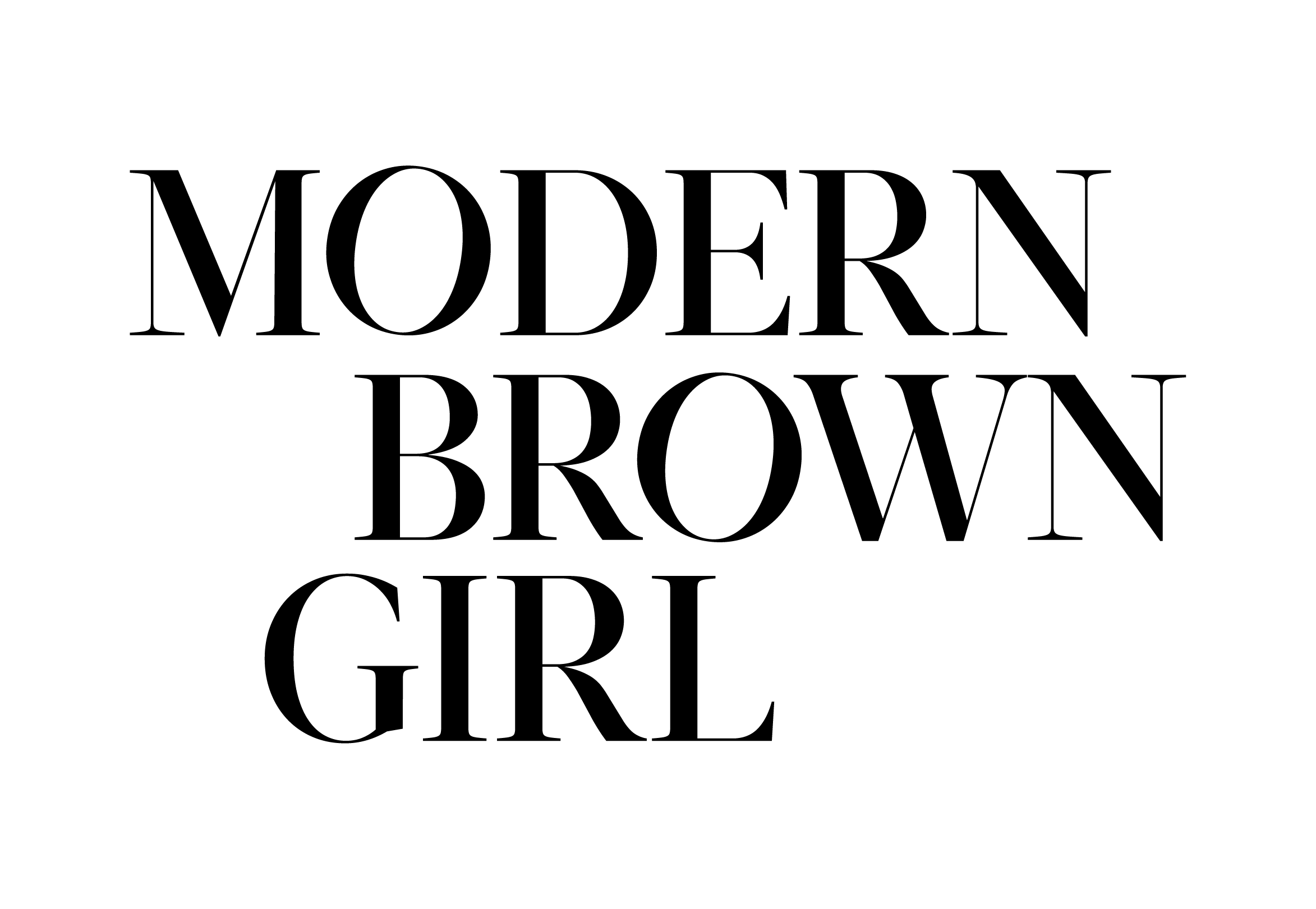Popular Diets Decoded - Which One Is Right for You?
You see the before and after pictures of Instagram influencers (#TransformationTuesday) and their colorful food pictures, but what’s the deal with diets like keto and paleo? More importantly, when did pan dulce and arroz con leche become the enemy?
There are hundreds of diets out there, and every year brings new options and new trends. Whether you’re trying to lose weight, tone up or feel confident in a bikini, here are a few of the top trending diets.
Paleo
The paleo diet takes your relationship with food back to the paleolithic era with a hunter-gatherer mindset. Modern diets typically rely heavily on sugar, fats and processed foods where paleo focuses on lean proteins, fruits, vegetables and nuts and seeds. Many people on the paleo diet experience weight loss as a benefit of the diet and report an increase in energy.
Ketogenic
The ketogenic diet has become very popular in recent years as it aims to burn fat for energy in the body instead of carbohydrates or sugar. Ketogenic refers to ketone bodies that come from the breakdown of fat. While on this diet, 70-80 percent of your calories come from fats, with only 5 percent coming from carbohydrates. This can lead to dramatic weight loss, especially if you have more body fat to lose.
Vegan
People choose to adopt a vegan diet for a number of reasons. Many attribute a change in diet to animal cruelty, environmental or health reasons. A vegan diet excludes all animal products, including meat, eggs and dairy, even honey. Following a vegan diet can help you lose weight, but can lead to nutritional deficiencies. Careful nutrition planning is necessary to maintain a vegan diet.
Raw
A raw food diet is not typically adopted for weight loss. A raw diet involves mainly unprocessed, whole, plant-based, and preferably organic, foods. Some vegans choose to follow a raw diet, excluding any food of animal origin, but a raw diet can include raw meat and raw animal products. In order to be considered a true raw diet, three-quarters of the person's diet should consist of uncooked food. Careful nutrition planning is necessary to ensure all nutritional needs are met.
Vegetarian
Vegetables only, right? It might sound like a no brainer, but vegetarian diets can include more than just fruits and vegetables. There are several different categories of vegetarian diets, including:
Lacto-vegetarian, which excludes meat, fish, poultry and eggs, but includes dairy products
Ovo-vegetarian, which excludes meat, fish, poultry and dairy, but allows eggs
Lacto-ovo, vegetarian which excludes meat, fish, poultry, but allows eggs and dairy
Pescatarian, which excludes meat, poultry, dairy and eggs, but allows fish
Pollotarian, which excludes meat, dairy, eggs and fish, but allows poultry
Flexitarian, which includes fruits and vegetables, but can include meat, fish, poultry, eggs and dairy in limited quantities
According to the American Heart Association, it can be difficult for vegetarians to maintain a well-balanced diet. There needs to be careful nutrition planning involved to ensure all nutritional needs are met.
If you’re thinking about starting a new diet, talk to your doctor or see a nutritionist. Many of the diets on this list can be lead to nutritional deficiencies if they’re not followed properly or safely. Your individual health is the most important thing to focus on and finding the right diet for you should be a collaborative process with your health professional.

